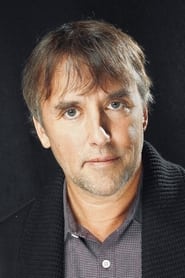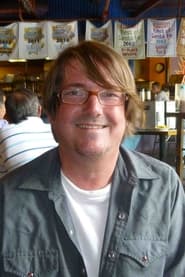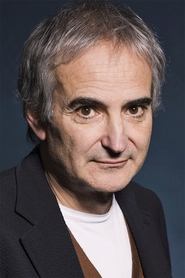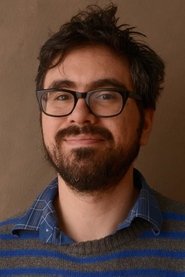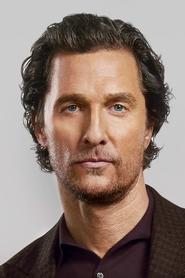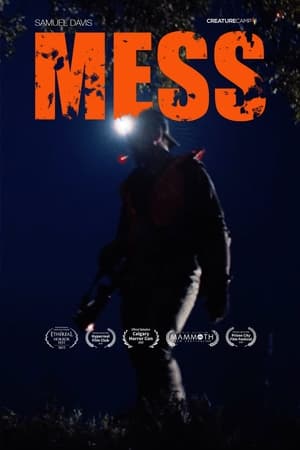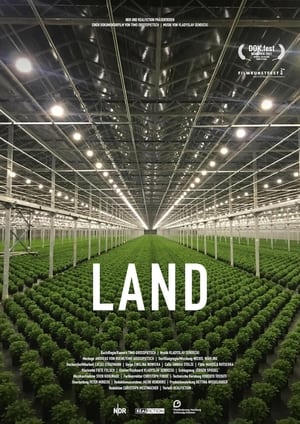
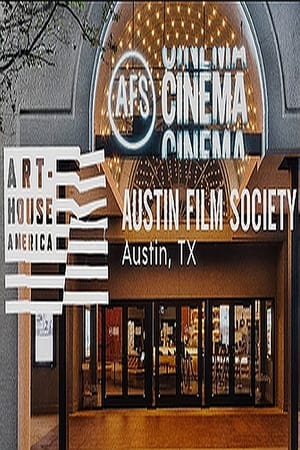
Art-House America: Austin Film Society(2023)
Founded by Richard Linklater in 1985 as a screening series dedicated to bringing experimental and art cinema to the city of Austin, Texas, the Austin Film Society has grown into a cornerstone of the city's creative community - while remaining true to its edgy, eclectic roots.
Movie: Art-House America: Austin Film Society
Top 10 Billed Cast
Self
Self
Self
Self
Video Trailer Art-House America: Austin Film Society
Similar Movies
 0.0
0.0The Verdict(ta)
When Elisa, a billionaire, is found dead, her close friend and well-wisher Namrutha, who was recently added to Elisa’s will is accused of murdering her. Maya Kannappan, Nami's formidable attorney takes on the case and works through these proceedings, determined to prove Namrutha’s innocence and unmask the real killer.
 0.0
0.0Texas Cult House(en)
High school friends party at the abandoned home of a former cult leader and discover a mysterious anointing oil that holds the secret to the cult’s unraveling. Austin, a gay teen, is haunted by childhood trauma, while his mother (Adrianne Palicki) seeks to redeem the sins of her past.
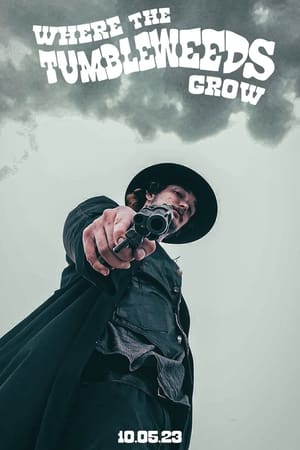 7.0
7.0Where the Tumbleweeds Grow(en)
Where the Tumbleweeds Grow, a fusion of spaghetti-western grit and the laid-back charm of the Austin classic Dazed and Confused. Immerse yourself in the stunning cinematography, gripping storyline, and outstanding performances offering a fresh perspective on the timeless themes of the Old West in the context of the modern world.
The Servant girl annihilator(en)
Servant girls mysteriously disappear as a serial killer that predated Jack the Ripper stalks 1800s America...
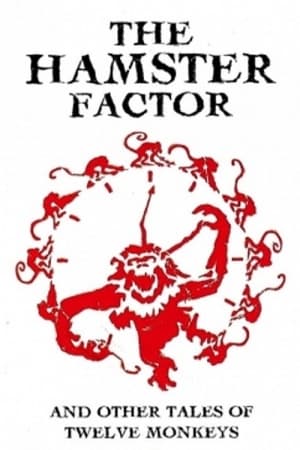 6.9
6.9The Hamster Factor and Other Tales of 'Twelve Monkeys'(en)
A documentary following Terry Gilliam through the creation of "Twelve Monkeys."
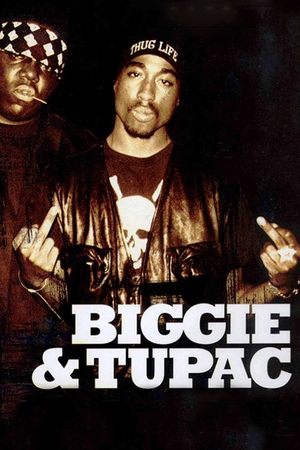 6.3
6.3Biggie & Tupac(en)
In 1997, rap superstars Tupac Shakur and Christopher Wallace (aka Biggie Smalls, The Notorious B.I.G.) were gunned down in separate incidents, the apparent victims of hip hop's infamous east-west rivalry. Nick Broomfield's film introduces Russell Poole, an ex-cop with damning evidence that suggests the LAPD deliberately fumbled the case to conceal connections between the police, LA gangs and Death Row Records, the label run by feared rap mogul Marion "Suge" Knight.
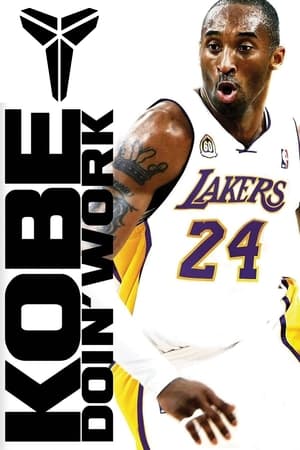 6.5
6.5Kobe Doin' Work(en)
A documentary following Kobe Bryant during one day of the 2008 NBA playoffs.
 5.9
5.9Overcoming(en)
A fascinating look behind the scenes at the 2004 Tour de France with a penetrating insight into the hermetically closed world of professional cycling, following the Danish Team CSC's experiences.
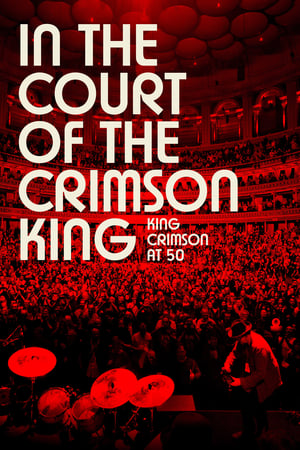 7.1
7.1In the Court of the Crimson King: King Crimson at 50(en)
The film explores the “acute suffering” and transcendent glory experienced by current and former members of King Crimson, allowing the audience an intimate and sometimes uncomfortable insight into the musicians’ experience as they confront life and death head on in the world’s most demanding rock band.
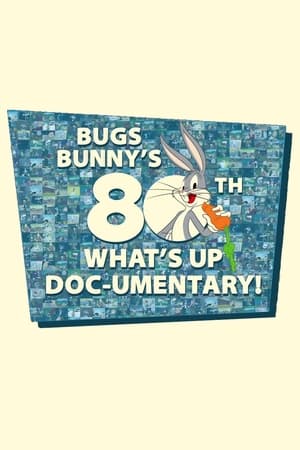 8.0
8.0Bugs Bunny's 80th What's Up, Doc-umentary!(en)
Narrated by Billy Crystal, the documentary examines the history of the character over the decades, including sketches, clips from the shorts, and interviews with the animation legends who created some of the most memorable Bugs material
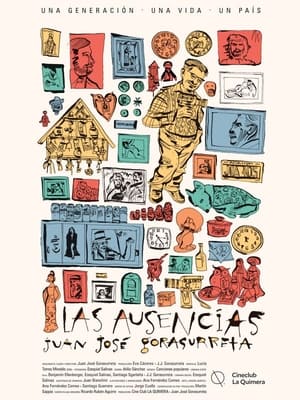 0.0
0.0The Absences(es)
The life of Juan José Gorasurreta is pierced by images. In his new feature film, the historic film society programmer appropriates the films that made him in order to find new relationships and patterns and thus generate a convergence between his personal life, that of Argentina and that of cinema. In The Absences his travels coexist with Orson Welles, activism, Fernando Birrri, the Cordobazo, his studies, Eva Landeck, family, Carlos Echeverría, the Trelew Massacre, Nagisa Ōshima, censorship, film societies, the Malvinas war, his short films. The randomness of this list vanishes as the film progresses, and gives way to a synapse that is as logical as it is moving. “It is a portrait on how Argentine history and my encounter with films designed my sensitive areas” —as he did with his own story, no one could define The Absences better than Gorasurreta himself.
 0.0
0.0Safety Awareness for Forklift Equipment(en)
An overview on safety precautions that protect forklift operators on the job.
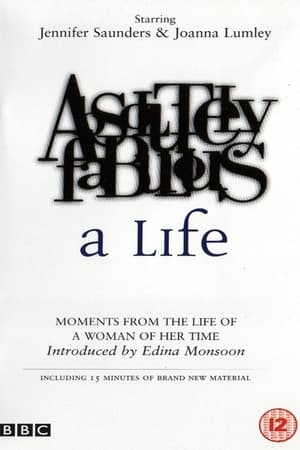 10.0
10.0Absolutely Fabulous: A Life(en)
During the filming of her very own documentary, 'A Day in My Life', Edina drops in on her mother who's working in a Help the Aged charity shop. There, she reminisces about the people and events which have made her what she is today.
 6.0
6.0How to Be Absolutely Fabulous(en)
Jennifer Saunders hosts a party of AbFab outtakes and behind-the-scenes footage.
 0.0
0.0Dust(es)
Dismantling the home of some who is no longer here is an act of love, of memory, of mourning. July passed away recently; the camera moves around her apartment and is placed on a series of objects that act as keys to open the door to her intimacy. The voices of those who have loved her guide us while they try to prolong the farewell. In the memories they evoke, to some people July is still Julio, and those names and pronouns that blend reveal the difficulties of embracing one’s identity as a trans woman. During the journey, July’s figure is slowly brought to life, as in an invocation, called on through words, but mainly through her spaces, her things, her photographs, her wigs, her clothes, her favorite music. And a biography is weaved together, one which, like that mirror that still hangs on her wall, reflects the history of an entire community.
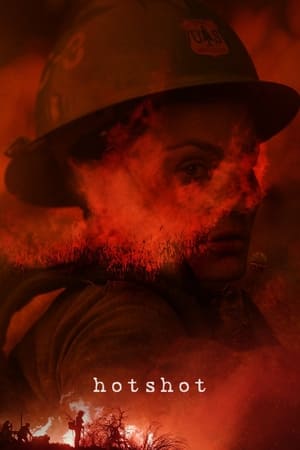 0.0
0.0Hotshot(en)
Imagine fighting a million acre wildfire, by hand, without any water. That's exactly what a Hotshot does. Hotshots are like the Navy SEALs of wildland fire. They are the most elite, the most hardened, and the most skilled men and women on the fireline.
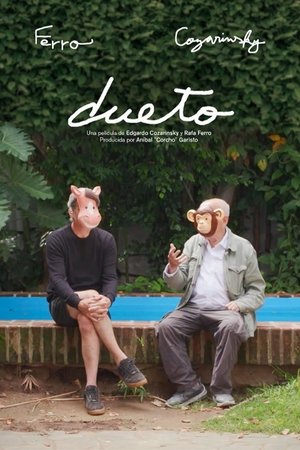 7.0
7.0Duet(es)
Navigating the triple border that separates fiction, documentary and essay, in Dueto, writer and filmmaker Edgardo Cozarinsky and actor Rafael Ferro expose, in a confessional manner, the bond they have shared for many years, not only recalling but also retelling a handful of common stories. Some of them have to do with the origin of their relationship, others with its extremes, from the most tense to the most playful. However, all of them converge in a common denominator that keeps them together despite everything. Dueto is the story of two men who, without any shame, allow their friendship to affirm, with conviction, its real name—love. One that is sometimes tender and light, other times possessive and rough, but always ready for a generous indulgence that doesn’t need that of the flesh. The two of them turn Dueto into an oath made of film, in order to honor the pact of that powerful shared feeling.
 0.0
0.0The Businessman(es)
In 1976, while he was taking his grandchildren to school, a businessman was kidnapped by a guerrilla organization. Two months later, the army broke into the house in which he was being held captive in order to release him. That same day, one of the guerrillas was abducted and disappeared by the civic-military dictatorship. Decades later, the director of this film, and the son of that guerrilla man, meets to talk with the businessman’s son and grandsons. The Businessman is made up of talks, but also of magazines, poster, flyers, photographs, newspapers, ads, home movies and objects that are also the testimony of a time; its editing makes personal memories intertwine with the story, and in it, the question of the relationship between who’s filming and who’s being filmed becomes inescapable.
